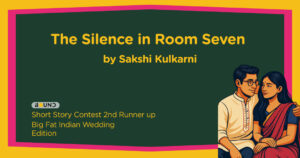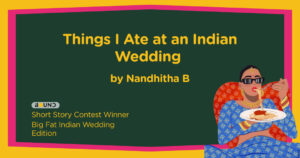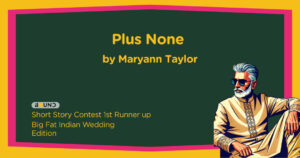Traditional publishing can be a whirlwind adventure. Meeting one book agent after another until you find the one, having passionate debates about staying true to your story, spending days poring over cover designs, and finally, basking in the glow of book signings after your big launch. And while that path still thrives, the publishing world has changed dramatically. These days, there’s another exciting option: self-publishing—a dynamic, author-driven alternative that puts the power (and the pen) firmly in your hands. For those exploring this world, perhaps through a publishing course or a book publishing course, understanding the pros and cons of each approach is essential.
Traditional Publishing—The Pros:
1. Credibility and Prestige: Traditional publishing is considered the gold standard. Being published by a reputed house lends credibility, making it easier to gain media coverage and bookstore placement.
2. Professional Support: Authors benefit from a team of professionals, including editors, designers, marketers, and publicists. If you’ve taken an editorial course or a book editing course, you’ll appreciate the level of professional polish that traditional publishing provides.
3. Lack of Upfront Costs: More often than not, traditional publishers cover the costs of editing, printing, and marketing.
Traditional Publishing—The Cons:
1. Highly Competitive: It’s tough to break in without an agent or strong platform. Many authors take a publishing certification programme or publishing career course just to understand how to navigate this complex system. You can learn more about our annual publishing course here, or understand our editing services here.
2. Slow Process: Publishing timelines can stretch to 18-24 months after a manuscript is accepted. If you don’t like to wait, this probably isn’t the route for you.
3. Limited Control: Authors often have little say in aspects like cover design, pricing, and marketing.
Self-Publishing—The Pros:
1. Creative Control: From editing to cover design, the author controls every aspect. This is appealing to those with training from a digital publishing course or editing course. Sign up for this year’s waitlist here.
2. Shorter path to the Market: Books can be published in a matter of weeks.
3. Higher Royalties: Authors can earn up to 70% in royalties, compared to 5 – 15% in traditional publishing.
Self-Publishing—The Cons:
1. All Responsibilities Fall on the Author: You must manage or outsource editing, design, and marketing.
2. Costs: The author bears all upfront costs. A solid understanding from a publishing course with mentorship can help you make smarter investments.
3. Limited Distribution and Recognition: It can be challenging to get into brick-and-mortar stores or secure media coverage without traditional backing.
Whether you choose traditional or self-publishing depends on your goals, and resources. A writer looking to make a career in publishing may benefit from enrolling in a publishing course with placements or one tailored to publishing industry jobs. At Bound, we provide a publishing certification programme—The Bound Publishing Course (TBPC)— which can help aspiring writers, editors, and publishers build the skills they need. Add your name to the waiting list for 2025 here.








